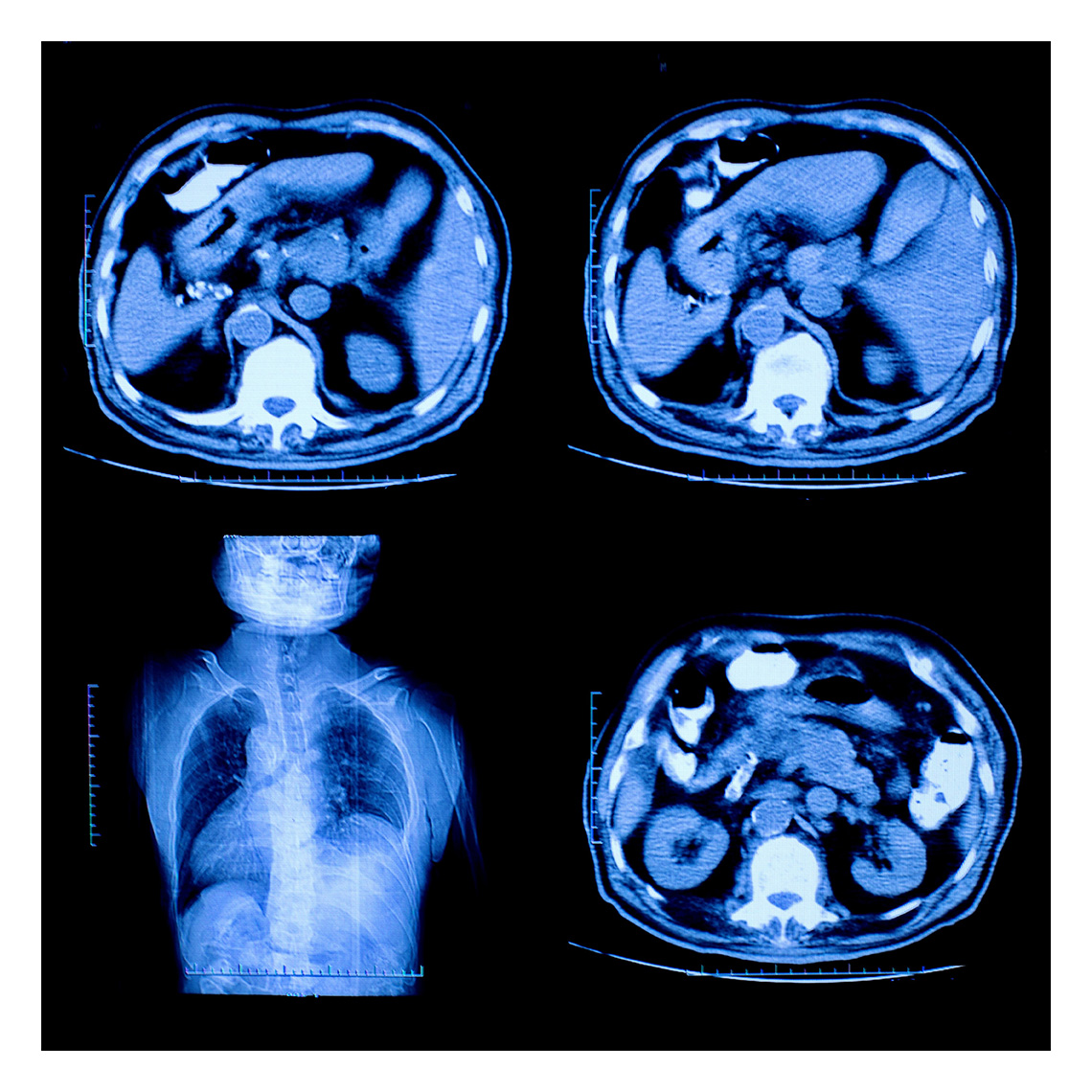Newsletter
Medical Malpractice Jury Verdicts are Rare
Oct 29, 2019
Paul Newman in The Verdict, Henry Fonda in 12 Angry Men, dozens of top-rated TV shows…movie goers and TV viewers are drawn to the drama of the courtroom.
Doctors and nurses, too.
One of the highest areas of curiosity among health care providers regarding medical malpractice is “what happens at trial?” Frankly, a lawyer telling “war stories” about trials is often a bigger draw than a clinical colleague offering tips on patient safety (and how to mitigate the risk of being sued in the first place). Alas, Paul Newman and Henry Fonda didn’t make any patient safety movies.
Such fascination with jury trials is, however, outsized in relation to how many medical professional liability (MPL) cases are taken to trial and resolved by a jury verdict. If your mental image of a malpractice allegation involves a judge’s gavel, a jury box, and a witness stand, you may be surprised to learn that having your day in court is highly unlikely. Approximately five percent of MPL cases are resolved by a trial verdict.
That means that more than 95% of MPL cases are resolved outside the courtroom. Among all cases in CRICO’s national Comparative Benchmarking System (CBS), 70 percent are dropped by the claimant, denied by the insurer (or dismissed by the court prior to trial) and closed without an indemnity payment. While most of those non-trial processes involve attorneys, they do not rely on a jury to resolve the case. Instead of waiting for your day in court, you can expect to spend, on average, 27 months waiting—interspersed with intermittent activity—for your case to resolve without ever entering the courthouse.
In the abstract, it is easy to focus on overly dramatic lawyers and fickly juries as undermining the process of determining whether questioned care met a reasonable standard. In fact, however, such assessments are most commonly conducted far from the courtroom by clinical experts reviewing medical records and the (generally) polite depositions of individuals involved in the case. Good documentation and communication during care is your best defense.
Curiosity about what happens in the courtroom is understandable—few of us have ever been there. And for individuals named in a medical malpractice case, relatively few ever will be. That gives you a bit more time tp attend your colleague’s patient safety talk.
Additional Material
Latest News from CRICO
Utilization of Electronic Health Record Sex and Gender Demographic Fields: A Metadata and Mixed Methods Analysis


The Safety of Outpatient Health Care
Characterizing Malpractice Cases Involving Emergency Department Advanced Practice Providers, Physicians in Training, and Attending Physicians

